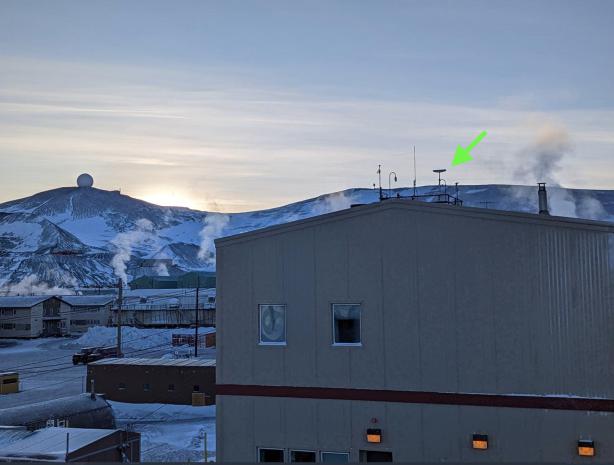
Breaking News
 The Hidden Secrets of Natural Milk
The Hidden Secrets of Natural Milk
 Diddy Trial Drama: Star Witness Vanishes Ahead Of Explosive Testimony
Diddy Trial Drama: Star Witness Vanishes Ahead Of Explosive Testimony
 PTSD treatment that excites a nerve in your neck wipes symptoms completely
PTSD treatment that excites a nerve in your neck wipes symptoms completely
 High-tech lactation pad measures medication in mothers' milk
High-tech lactation pad measures medication in mothers' milk
Top Tech News
 Cab-less truck glider leaps autonomously between road and rail
Cab-less truck glider leaps autonomously between road and rail
 Can Tesla DOJO Chips Pass Nvidia GPUs?
Can Tesla DOJO Chips Pass Nvidia GPUs?
 Iron-fortified lumber could be a greener alternative to steel beams
Iron-fortified lumber could be a greener alternative to steel beams
 One man, 856 venom hits, and the path to a universal snakebite cure
One man, 856 venom hits, and the path to a universal snakebite cure
 Dr. McCullough reveals cancer-fighting drug Big Pharma hopes you never hear about…
Dr. McCullough reveals cancer-fighting drug Big Pharma hopes you never hear about…
 EXCLUSIVE: Raytheon Whistleblower Who Exposed The Neutrino Earthquake Weapon In Antarctica...
EXCLUSIVE: Raytheon Whistleblower Who Exposed The Neutrino Earthquake Weapon In Antarctica...
 Doctors Say Injecting Gold Into Eyeballs Could Restore Lost Vision
Doctors Say Injecting Gold Into Eyeballs Could Restore Lost Vision
 Dark Matter: An 86-lb, 800-hp EV motor by Koenigsegg
Dark Matter: An 86-lb, 800-hp EV motor by Koenigsegg
 Spacetop puts a massive multi-window workspace in front of your eyes
Spacetop puts a massive multi-window workspace in front of your eyes
SpaceX's Starlink internet reaches Antarctica, touching all 7 continents

Researchers at the McMurdo Station in Antarctica are now tapping into the space-based internet service, where it's boosting the bandwidth for scientific research at the end of the Earth.
SpaceX currently has several thousand Starlink satellites orbiting the Earth, and has plans for many thousands more. The idea is to beam internet down to underserved regions to fill dead spots around the world, and the service does seem to be gaining momentum.
As it rolls out terminals to users on the ground, we've also seen SpaceX recently partner up with airlines and cruise ship operators for internet-on-the-go, and last month teamed up with T-Mobile to fill holes in the company's current cellular coverage.
Scientists with the United States Antarctic Program at McMurdo Station have now got their hands on a Starlink terminal of their own, where it is said to be improving connectivity as they carry out their research. This was made possible through laser links between the satellites in orbit that eliminate the need for ground stations at the poles, and makes Antarctica the seventh and final continent to receive Starlink internet coverage.
NSF-supported USAP scientists in #Antarctica are over the moon! Starlink is testing polar service with a newly deployed user terminal at McMurdo Station, increasing bandwidth and connectivity for science support. pic.twitter.com/c3kLGk8XBV
— National Science Foundation (@NSF) September 14, 2022

 Node without Consent
Node without Consent

